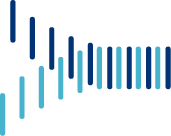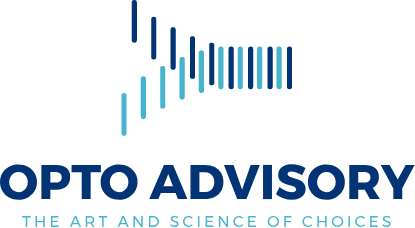I was admiring this fabulous view from my plane this morning and reflecting on a conversation I had with my kids last week as we crossed the newest bridge, the Queensferry Crossing. I was explaining (no doubt to howls of ‘booooring’) that this part of the Firth of Forth, has three of the main types of bridge construction, built in each of 19th, 20th and 21st century.
The original Forth Bridge is a cantilever design, built for trains in the wake of the Tay Bridge disaster, when the bridge over the Tay collapsed in bad weather resulting in the tragic loss of at least 70 lives. Built to reassure rail passengers that it was virtually indestructible – I recalled some distant fact about it being over engineered by a factor of 3. It stands proud, defiant to the conditions over 125 years later. Too strong?
The Forth Road bridge was built in 1964 and is a suspension bridge, the construction method of choice for the 1960s. It was built to take 11m vehicles each year – vastly below the 21m (also much heavier than predicted) vehicles in 2008 – the opposite problem. It was also famously at the whim of the Firth – too ‘blowey’ and it was closed, wreaking havoc in the surrounding routes. It was built to last 120 years however, after 50, it needed to be replaced. Too weak?
As a result, we now have the third construction method for the Queensferry Crossing – a cable-stayed bridge. Opened in 2017 at a cost of £1.35bn, this bridge is designed to withstand 24 m vehicles per year and has been designed to be more resilient to the weather. Just right?
So, many aspects of business have the same challenge – risk, marketing, technology investment, recruitment, compliance the list goes on. Too much? Too little? Just right? Unfortunately, unlike the Forth crossings, few businesses get three chances to get it right!
As they make these choices, great business leaders make sure they get their heads up from time to make sure they don’t lose sight of:
- The job their customer needs help with (as distinct from what they currently do as a business). Helping people and goods cross a body of water vs building bridges. Are you still meeting their core need as it changes and refines?
- Changes in the environment (market) they operate, or want to operate in. More and heavier cars than predicted, changes to weather, rail to road. Can you still win in your market or do you need to shift to or create a new market?
- Some likely scenarios for what the future may hold – who else could do their customers’ job for them or, conversely, what other customer jobs does their business have the skills to do? Road to air? Not the exact path – more the landscape and how the business might have to adapt.
I reflected as I looked at the bridges that we are lucky enough to work with some great leaders and companies which are succeeding by doing this – planning and seeking external perspectives to answer these questions and increase their chance of making choices for today and tomorrow that are just right.





